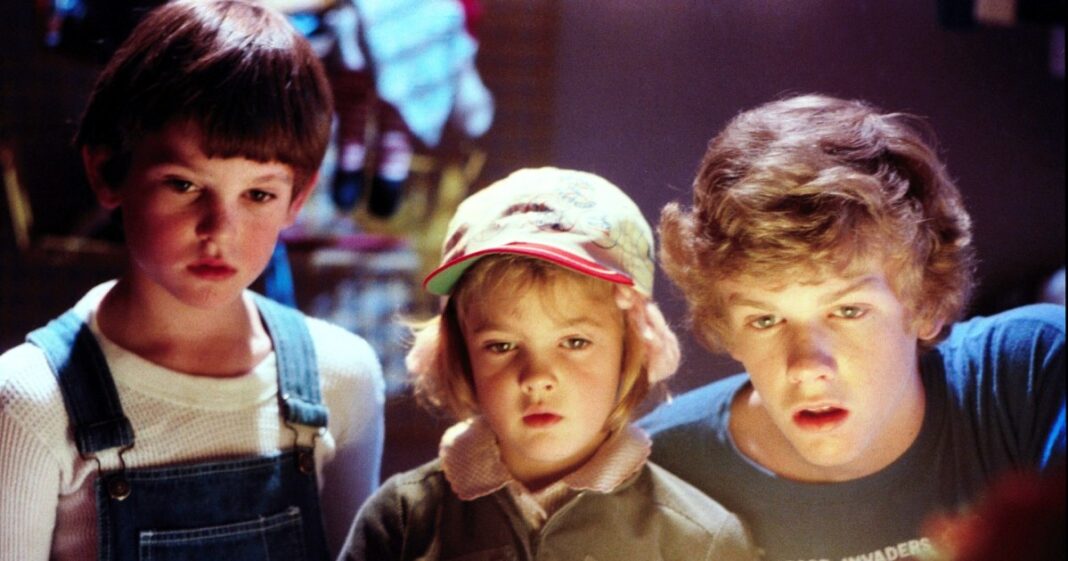The 1980s: A Cinematic Time Capsule
The 1980s stand out as a pivotal decade in filmmaking, marked by a fascinating blend of groundbreaking blockbusters and impactful dramas. This era not only shaped Hollywood’s approach to cinema but also left an indelible mark on popular culture that resonates today. A nostalgic look back reminds us why many of these films have remained beloved classics four decades later.
The Shift in Hollywood
The ’80s were a turning point for the film industry, transitioning from smaller, more intimate storytelling to colossal blockbusters that captured audiences worldwide. This era saw the emergence of iconic franchises such as Star Wars, Indiana Jones, and Back to the Future, alongside cinematic masterpieces that provoked thought and discussion. Serious films began to coexist with commercial hits, leading to a diverse lineup appreciated by critics and audiences alike.
Oscar Oversights
One striking observation from this era is that the Academy Awards often overlooked many of the decade’s best films. From the list compiled by Watch With Us, it becomes evident that the Academy got it right only twice in selecting the Best Picture. Films like Raging Bull and Amadeus, though critically acclaimed, faced unexpected competition during awards season.
A Closer Look at the Best Films
1980: Raging Bull
Directed by Martin Scorsese, Raging Bull is a compelling biopic of the tumultuous life of boxer Jake LaMotta, portrayed masterfully by Robert De Niro, who won an Oscar for his performance. While Ordinary People took home the Oscar for Best Picture, Raging Bull remains a deeply impactful film that resonates with audiences due to its raw portrayal of ambition and self-destruction.
1981: Chariots of Fire
This inspirational biopic delves into the lives of two British runners competing in the 1924 Olympics. Chariots of Fire intertwines themes of faith, identity, and perseverance, chronicling the journey of Harold Abrahams and Eric Liddell. This film captured the Oscar for Best Picture, showcasing the power of determination.
1982: E.T. the Extra-Terrestrial
Steven Spielberg’s E.T. is not just a science fiction film; it’s a heartwarming exploration of friendship and belonging. The film’s magical storytelling, combined with groundbreaking animatronics, allows audiences to connect emotionally with the character of E.T., enhancing its status as a timeless classic.
1983: The Right Stuff
A cinematic portrayal of the American space race, The Right Stuff chronicles the challenges faced by the Mercury Seven astronauts. While some debate its historical accuracy, the film shines in depicting courage and perseverance against the backdrop of 1960s America, solidifying its place as a quintessential movie of the ’80s.
1984: Amadeus
Amadeus explores the complex life of composer Wolfgang Amadeus Mozart through the eyes of his envious rival, Antonio Salieri. The film’s artistic storytelling won it the Oscar for Best Picture, captivating audiences with its brilliant performances and immersive visuals that blend history and drama flawlessly.
1985: Ran
Akira Kurosawa’s Ran reimagines Shakespeare’s King Lear, transforming it into a visually stunning samurai epic. It tells a story of loyalty, betrayal, and the consequences of power, showcasing Kurosawa’s unparalleled ability to weave together rich narratives with striking imagery.
1986: Platoon
Oliver Stone’s Platoon offers a gritty portrayal of the Vietnam War, drawing from Stone’s own experiences. Its unfiltered depiction of war and moral ambiguity earned it accolades, including the Oscar for Best Picture, making it a landmark film in the war genre.
1987: Broadcast News
Broadcast News serves as a reflection on the evolving landscape of news media during the ’80s, examining themes of journalistic integrity and the personal dynamics of newsroom life. The film captures a snapshot of its era while still remaining relevant in today’s media landscape.
1988: Who Framed Roger Rabbit
This groundbreaking film combined live-action and animation in a way that had never been seen before. Who Framed Roger Rabbit pushed the boundaries of film technology and storytelling, marrying humor and suspense in a unique narrative that captivated both children and adults alike.
1989: Glory
Glory tells the heart-wrenching story of the 54th Massachusetts Infantry Regiment, one of the first African American units in the Civil War. It powerfully addresses themes of sacrifice and brotherhood while challenging societal norms of the time, making it a film of significant historical importance.
The Legacy of the ’80s Film Industry
The 1980s reshaped the landscape of American cinema in ways that continue to influence filmmakers today. The tension between commercial appeal and artistic integrity sparked conversations around storytelling, representation, and genre evolution. As we look back on this era, it’s clear that these films are more than just products of their time; they are treasures that continue to speak to and inspire new generations, reflecting the complexities of human experience through the lens of culture and entertainment.



